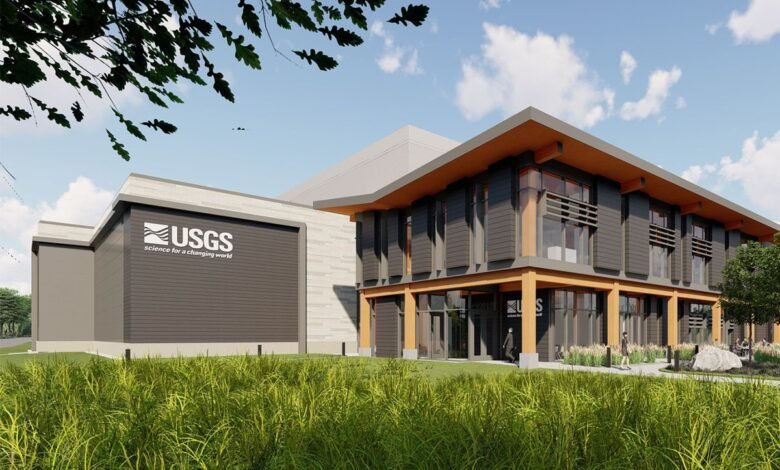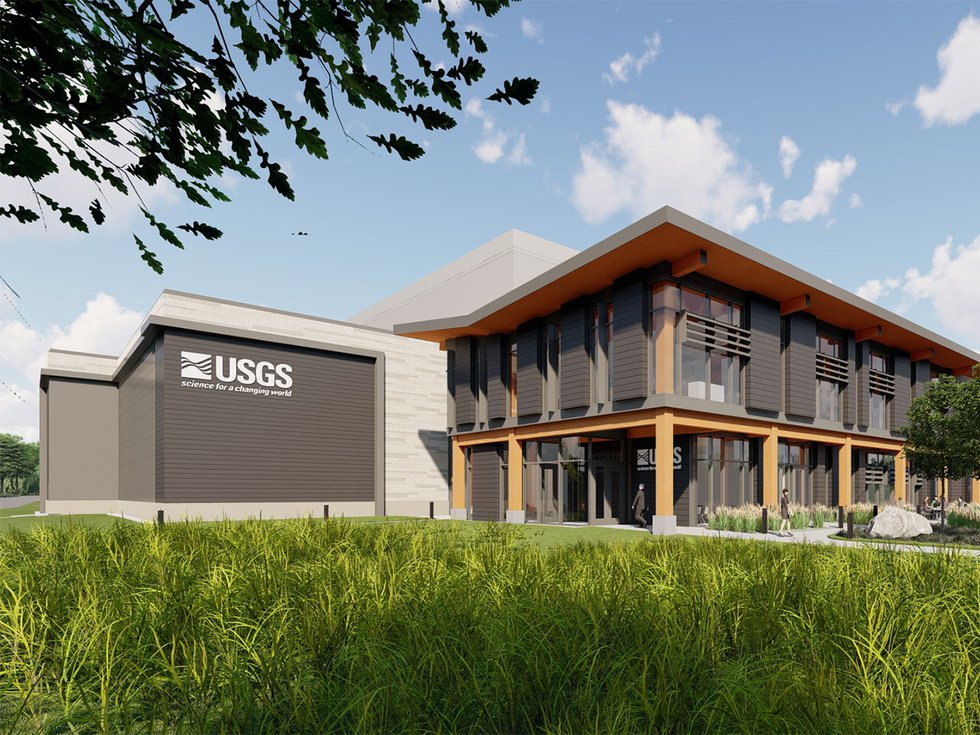Why the National Wildlife Health Center needs a new facility – Isthmus


Inside the front door of the main building of the National Wildlife Health Center on Schroeder Road, there’s an unusual bit of taxidermy artfully staged in a glass case. A prairie dog holds a delicious-looking red gummy cube. Tasting of peanut butter, this little snack contains a vaccine developed by the scientists at the center and their partners at UW-Madison. Eating it will vaccinate the prairie dog against sylvatic plague, which devastates prairie dog colonies on the Great Plains. A black-footed ferret, one of the most endangered species in the country, creeps up behind the gummy-wielding prairie dog, ready to pounce on its favorite prey species. Ferrets, too, are highly susceptible to the plague, which they can contract from infected prairie dogs. Vaccinating prairie dogs will reduce the likelihood of a catastrophic outbreak of plague among the last remaining ferrets.
These efforts are just a few examples of the work the center has done over the last 39 years. It is the nation’s only federal facility dedicated to the detection, diagnosis, surveillance and prevention of disease in wild animals.
The numbers are impressive. Since 1975, the center has received more than 160,000 specimens representing approximately 1,400 different species of wildlife from all 50 U.S. states, 27 countries, and all seven continents, says David Blehert, chief of laboratory sciences. The center is perhaps best known for its discovery of the fungus responsible for white-nose syndrome in bats.
Despite its many successes, however, the center has been working with one hand tied behind its back. The two buildings that house the complex, high-tech equipment the center requires are out of date. After years of retrofitting and renovations of both buildings, their ability to support the center’s work has maxed out.
An increasing share of the facility’s modest budget and precious staff hours have been dedicated to the buildings’ upkeep. It is badly in need of a new facility and it’s slated to finally get one.
Plans call for tentative construction of a new facility in 2025, according to the center’s website. The current buildings would remain operational until the new facility is built. The old buildings would then be demolished.
Bill Fruhling, interim planning division director for the city of Madison, says that the city will be meeting soon with the center on the building proposal and environment impact statement, prepared by the United States Geological Survey, the parent agency of the center.
The most recent draft of the EIS, with a detailed description and drawings of the planned new facility, was made public June 14 and can be viewed online at nwhceis.com/eis. A public hearing is scheduled for July 18 at 5:30 p.m. at the Lussier Community Education Center Community Room, 55 S. Gammon Road. Public comments submitted by July 29 will be taken into consideration in the preparation of the next draft.
The U.S. Geological Survey has been investigating the need for a facility upgrade since 2008. Its initial report described “a 40+ year-old facility with crowded and aged laboratories and administrative areas…aging infrastructure…deteriorating casework surfaces, cracking walls, doors, window seals and window frames, lack of consolidated freezer space…among many other deficiencies.”
The center has an impeccable record in terms of its biosafety equipment and protocols. Biosafety equipment is all modern, but it’s in a cramped space.
Inefficiencies in the current setup have limited what the staff can achieve. All of this is coming at a time when the “emergence of wildlife diseases has become a high-priority concern in the United States and the world,” as the EIS puts it.
Mike Bonds, safety and environmental coordinator at the center, is one of the lead authors of the new environmental impact statement.
Bonds works from a windowless office in the basement of the main building, shoehorned between a medium-security biocontainment lab and the necropsy lab. The building was not originally built as a laboratory space, “and when it was remodified, in the early ‘80s, it was designed based on the science of the day,” says Bonds.
Neither of the two current buildings is energy efficient. Considerable electricity is needed to power the ventilation and filtering required to contain and clean the air cycling through its biocontainment labs. That there are separate systems for the two buildings exacerbates the problem.
Bonds estimates that the new building will “probably use close to half of the water we currently use” and be constructed with highly efficient insulation and triple-paned windows. The labs will be equipped with state-of-the-art biosafety equipment and streamlined to promote workflows and to prevent cross-contamination of samples. A large solar array and a two-acre geothermal field, with about 200 holes bored 700 feet into the ground, will provide a substantial amount of the Center’s energy needs.
Perhaps the most important upgrade is that all of the center’s work, from necropsies to live animal research, computer modeling, and staff meetings will be housed in a single building. That will substantially reduce the center’s resource use, but also aid in its research.
The separation of operations into two buildings has inhibited the kind of collaboration among staff that LeAnn White, director of the center, believes is essential to its work. Staff are not exposed to the kind of spontaneous interactions that often lead to creative problem solving.
The umbrellas posted just inside the doors of each building help bridge the gap in rainy weather, but those umbrellas, like many of the center’s facilities, are a retrofit, a creative semi-solution to a problem that won’t go away without a big change. “We’ve designed the new building with collaboration in mind,” White says.
The new facility will feature a more open office plan, as well as a range of meeting spaces that will facilitate spontaneous interactions and reduce the barriers to face-to-face communication, sparking the kinds of innovations that are at the heart of creative, problem-solving science. “We’re in the midst of [reinventing] ourselves to make sure we have as much impact as we possibly can,” says White.
Under White’s direction, the center has focused increasingly on the inseparable relationship between wildlife health and ecosystem health. “Instead of just trying to monitor diseases and watch species decline,” White says, “we’re trying to figure out how we can collectively, as a community, support ecosystem resilience.”

